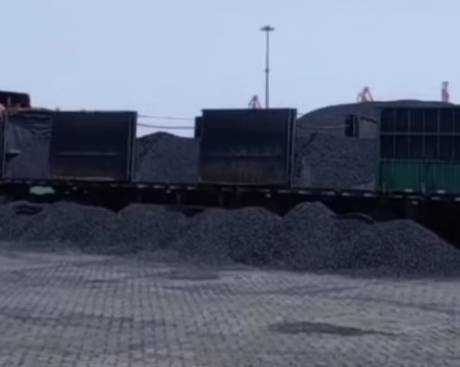
Wholesale Graphite Petrol Coke can be used to generate electricity as an alternative for coal. The coke is made by delayed coking residues that are left over from crude oil distillation in Oil Refineries. This coke undergoes a high-temperature process of calcination using a rotary oven, which removes moisture and volatile material. The result is a dense and hard substance with a very low ash content. It can be used in the manufacture of graphite, carbon, and other products.
Petroleum coke, aside from being a source of energy, is also an industrial product. It is used widely as a fuel in the smelting of steel and aluminum, as graphite, for carbon electrodes, and to make refractory materials. It is a good alternative to coal because of its combustible properties, low content of sulfur and volatiles, and high temperature at which it burns. However, the high ash content in petroleum coke poses a problem for many power stations, who must dispose of this material in an environmentally-friendly manner.
Moreover, it can also be used as an ingredient for the preparation of graphite electrodes for arc metallurgy. This is because the conductive properties of the coke allow it to transfer electric currents in an electric arc furnace without oxidation, which helps cut down costs and improve efficiency. It is used to adjust the carbon level in molten steel.

The morphology of petroleum coke can vary, from fine powders to irregular grains and needle-like shapes. The graphitization of its crystalline network can also be changed, transforming it from a disorganized carbon structure into a three-dimensional orderly structure by growing microcrystals. The graphitization temperatures can be different depending on the type of carbon being processed. Different materials require different graphitization temperatures.
There are several ways to make graphite out of petroleum coke. One is the thermal decomposition technique. This involves heating the coke in a graphitization furnace to a temperature between 1000 and 1800 degrees Celsius, which transforms it into anode grade graphite. The anode grade graphite is then used for the smelting of aluminium and steel.
A coke stove is also a way to create graphite. This type of oven can be utilized to calcine different types of petroleum-coke. The resulting coke has a wide range of uses, including as prebaked anode for the electrolytic production of aluminium and as the base for carbon anode pastes for the smelting of steel and copper. It is also used as a reagent in the production of industrial silicon and as a raw material for graphite electrodes. Graphite electrodes are a vital component in the arc metallurgy process of iron and stainless steel.

Write a Message